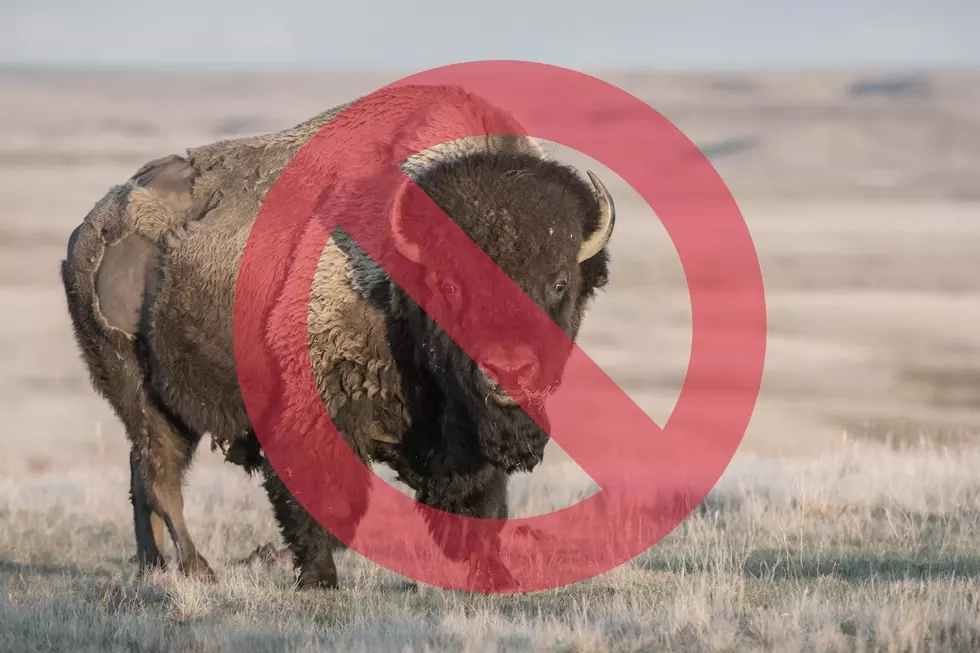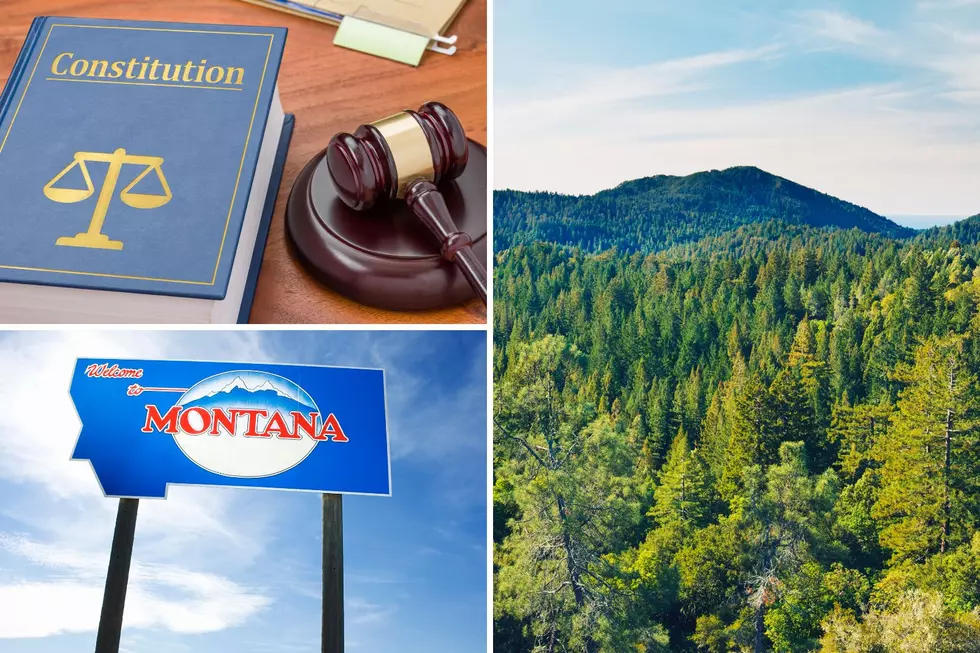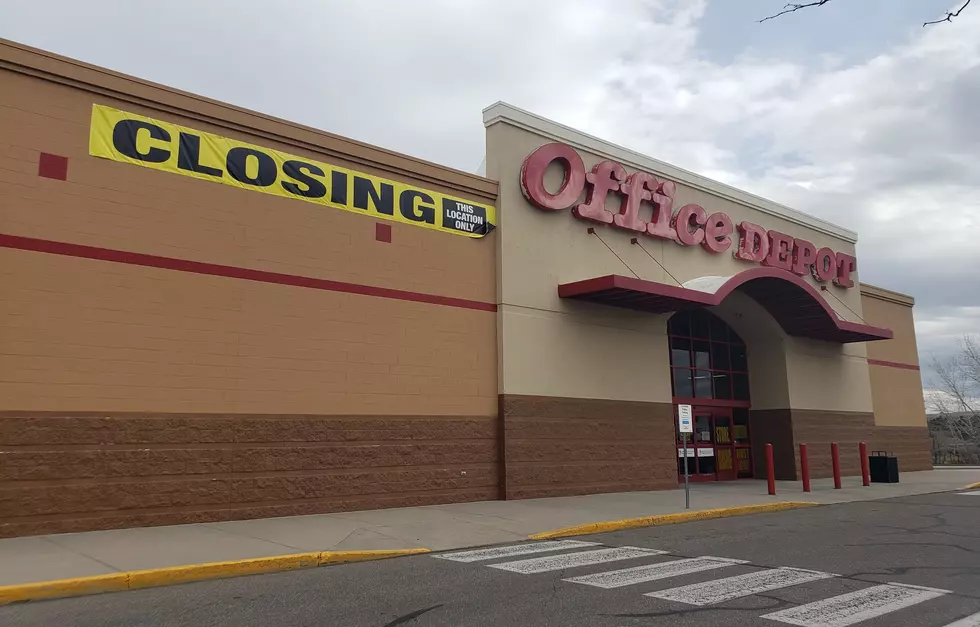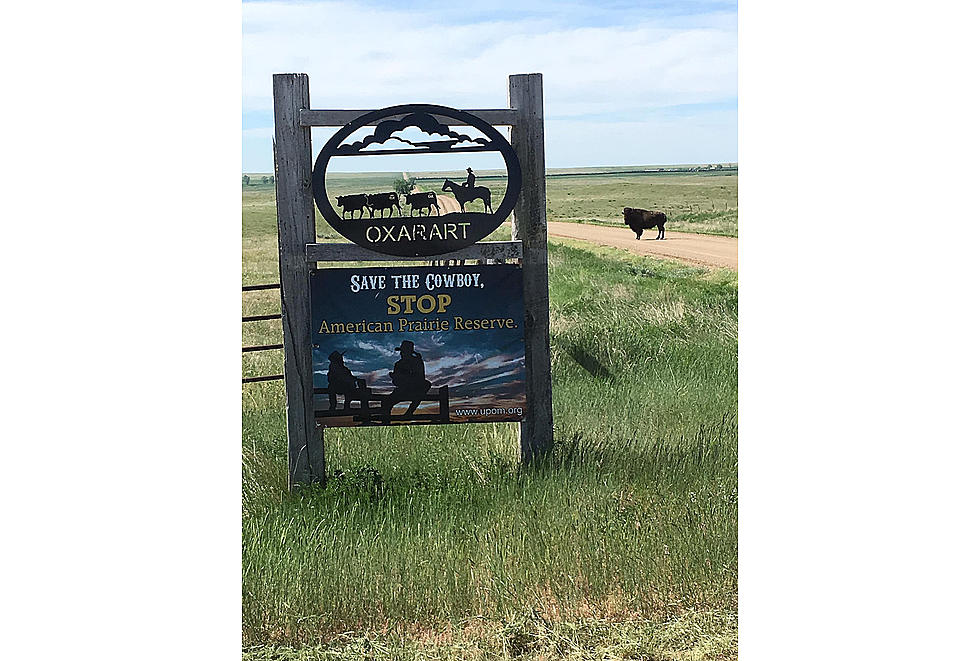
Stop Feeding The Bison! Montana’s Top Cop Goes After Bison
Last week, Attorney General for Montana Austin Knudsen asked the U.S. Department of the Interior Office of Hearings and Appeals to overturn the decision allowing bison grazing in Phillips County here in Montana, a decision that was granted to the American Prairie Reserve.
What is the American Prairie Reserve?
The American Prairie Reserve (APR) claims, from their website, to be:
...a freestanding Montana-based nonprofit that started to assemble land in 2004. Our main focus is to purchase and permanently hold title to private lands that glue together a vast mosaic of existing public lands so that the region is managed thoughtfully and collaboratively with state and federal agencies for wildlife conservation and public access.

However, Montanans do not see it this way. AG Knudsen sheds light on what Montanans think about APR:
The BLM’s decision ignores the real concerns of rural communities and ranchers who rely on the land in favor of elitist attitudes of those seeking to transform Northeast Montana into a wildlife viewing shed for tourists. Agriculture is not an easy way of life, but Montana ranch families – including my own – are proud of their history and heritage that is still a part of our state today.
Ag Knudsen continued:
As American Prairie Reserve occupies more and more land here, it pushes out ranching communities, threatens our livestock industry, and will ultimately add to the instability of the world’s food supply.
Is the decision violating any acts?
According to the AG Office, the BLM decision violates the Taylor Grazing Act, Federal Land Policy and Management Act, Public Rangelands Improvement Act, Administrative Procedure Act, and National Environmental Policy Act.
All of these aim to improve public range lands, and uplift ranching communities across Montana and other rural-focused states. AG Knudsen's Office is adamant that these bison grazing on our lands would directly undermine the legislative goals.
AG Knudsen had this to share:
Few (no) cattle ranchers raise cows for the sheer glory of the bovine form, for their symbolic connection to American history, or for their contributions to the natural environment. But that’s precisely what APR intends to do here—manage a bison herd for purely conservation, ecological, and nostalgic ends. Bison aren’t livestock under federal law.
He continued sharing the thoughts of Montanans:
Such a shift in the use of the land harms not only ranchers—who can no longer use this federal land to graze their livestock—but entire rural communities who depend on livestock operations to earn their own living.
Is it such a big deal to have bison grazing?
AG Knudsen's office provided this information:
Grazing indigenous animals like bison can be accomplished through special use grazing permits, but BLM gave APR preferential treatment through bypassing that permit process, upending its statutory scheme, and prioritizing outside groups over Montana ranchers.
Is BLM concerned about our local farmers and ranchers? Or their own pockets?
AG Knudsen said the BLM failed to consider the economic impacts on local communities, required by law, as well as the interference a large bison herd would cause to surrounding cattle operations. Also, BLM held only ONE meeting, virtually, "in the middle of the day, in the middle of the work week, in the middle of haying season—a time and format that precluded the participation of those individuals most impacted by the proposal and most likely to offer salient feedback" according to the AG.
If you'd like to read the full appeal from AG Knudsen, click the button below.
For more information, and to read the official release for yourself, click the button below.
Top 5 Foods Montana Is Known For
More From KBUL NEWS TALK 970 AM & 103.3 FM









